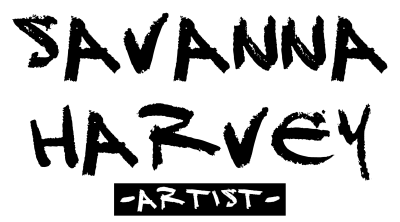Originally published by Luma Quarterly Issue 24, Volume 6, Summer 2021
The pandemic. When venues closed their doors and the performing arts were kicked off-stage and stumbled online. Now, over a year later, the momentum of that stumble may have less wildly flapping arms, but we still haven’t found our feet.
I am an interdisciplinary performing arts creator and producer working out of Treaty 6 Amiskwaciywâskahikan-Edmonton and Treaty 7 Mohkínstsis-Calgary. When the first wave of COVID-19 hit our cities in 2020, I was right in the middle of producing a festival, programming more than one hundred emerging artists. Unlike many of my peers, I was fortunate enough to have a background in digital literacy and makerspace with an, at the time unrelated, enthusiasm for digital communities, digital strategy, and intermedial performance.
Since that first turbulent festival reboot where we adapted most of our programming for digital presentation, I have been steadily working with a variety of artists and arts organizations as a digital producer: a translator and local guide, navigating physically based artists and curators through the artistic and logistic encoding process of going digital.
In January 2021, while taking part in the Interdisciplinary Dramaturgy Lab hosted by Playwrights Workshop Montreal, I started thinking about and articulating this creative consulting practice as digital dramaturgy. In theatre, dramaturgy is a varied spectrum. It usually involves some form of asking questions and offering observations during the creative process. Calling my newly found specialization digital dramaturgy helped me explain what I specifically had to offer as a digital producer and allowed that work to be “seen” by the teams with which I collaborated. It also gave me a lens through which to intentionally investigate what I had been intuitively applying since the start of the pandemic.
Digital dramaturgy was a new term for me and most others in the performing arts. I had never encountered it before the pandemic. As the performing arts reluctantly settled online for the next year and a half, however, it started to pop up from time to time. I was simultaneously surprised, and unsurprised, that it didn’t pop up more frequently. I was unsurprised because I found that many artists and arts organizations were so far displaced by this new pixelated land that they didn’t even know how to ask for a map – or realize how badly they needed one.

